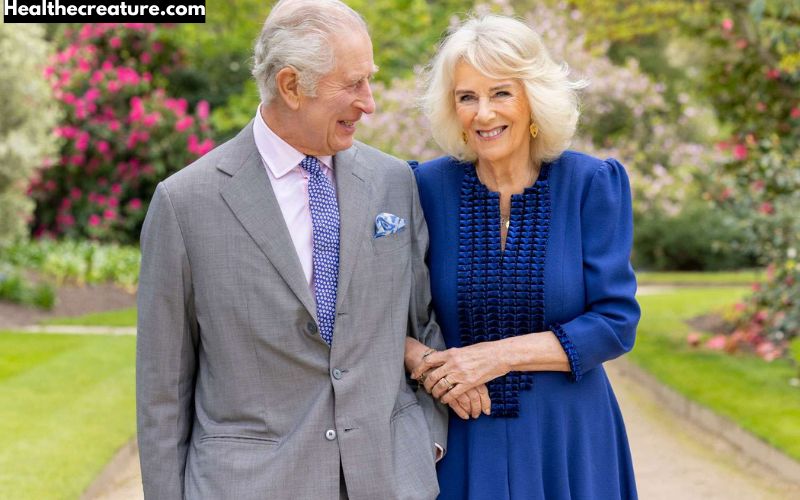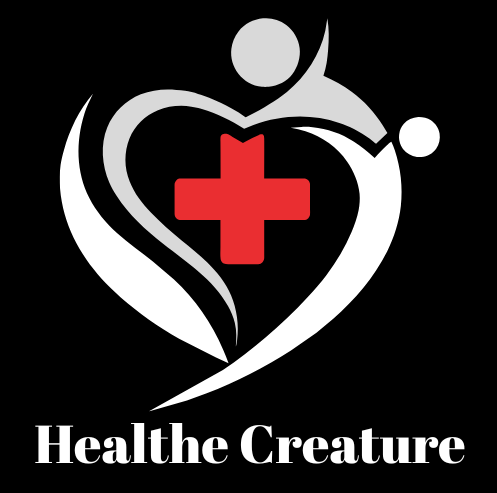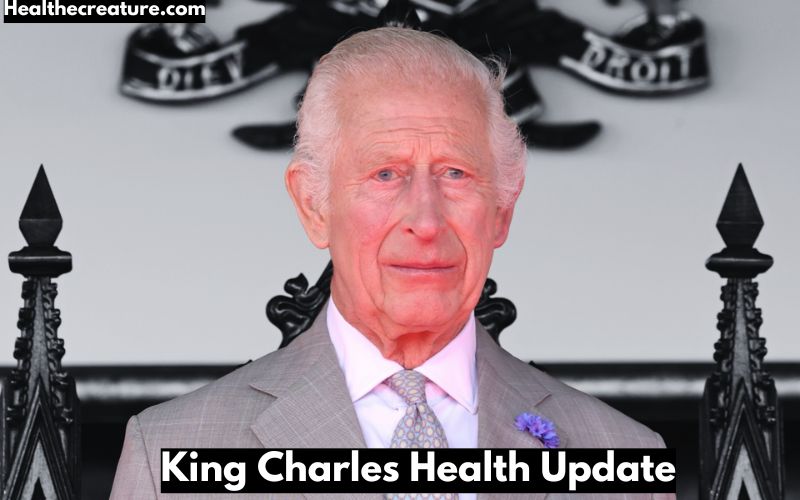Quick Facts
| Attribute | Details |
| Full Name | Charles Philip Arthur George |
| Title | King of the United Kingdom and the Commonwealth |
| Date of Birth | November 14, 1948 |
| Age | 75 years |
| Reign Began | September 8, 2022 |
| Health Diagnosis | Cancer (type undisclosed) |
| Previous Treatment | Benign Prostate Enlargement (2024) |
| Spouse | Queen Camilla |
| Children | Prince William, Prince Harry |
| Residence | Buckingham Palace, London |
| Key Public Appearance | Easter Service, St. George’s Chapel |
King Charles III’s Health Journey
King Charles III has remained a figure of steadfast leadership despite facing significant health challenges in 2024. Following his accession to the throne in September 2022 after the passing of Queen Elizabeth II, Charles immediately stepped into the demanding role of monarch. However, earlier this year, reports of health issues began to surface, starting with treatment for benign prostate enlargement in January. During this procedure, doctors uncovered signs of cancer, leading to an official diagnosis. While the exact type of cancer has not been publicly disclosed, the diagnosis prompted the King to take a temporary step back from his rigorous public engagements. The announcement drew widespread concern and support from the public, as the King emphasized transparency about his condition to help raise awareness for men’s health. The courage with which King Charles has faced his health journey reflects his commitment to service and resilience in navigating personal and public challenges.
The Initial Diagnosis and Treatment Process
In January 2024, King Charles III underwent a routine procedure for benign prostate enlargement, a condition relatively common in men of his age. During the treatment, medical professionals discovered signs of cancer, prompting immediate further tests. While the Palace confirmed the discovery of cancer, they refrained from sharing specific details about its type or stage, maintaining the King’s privacy while reassuring the public about his care. The diagnosis required a temporary adjustment to Charles’s daily responsibilities, with a focus on outpatient treatment. Health experts praised the King’s proactive approach to seeking medical attention, underlining the importance of early detection for better outcomes. The news also sparked widespread discussions about men’s health, as King Charles’s openness encouraged others to address their own medical concerns. Despite the gravity of the situation, the monarch displayed an optimistic outlook, reassuring the public that he remained dedicated to both his recovery and royal duties.

The Role of Family During His Health Challenges
Throughout this challenging period, King Charles has relied heavily on the support of his family, especially Queen Camilla. The Queen Consort has played a significant role in providing emotional and logistical support, ensuring that royal duties continued seamlessly. Camilla deputized for the King during key events, such as the Commonwealth Day Service at Westminster Abbey and the Royal Maundy at Worcester Cathedral, demonstrating her steadfast dedication to her husband and the monarchy. The King’s children, Prince William and Prince Harry, also reportedly offered their support, despite ongoing family tensions. Prince William took on additional public duties while maintaining a strong presence within his own family responsibilities. Additionally, the broader royal family rallied around Charles, sending a message of unity and strength to the public during his recovery. This period highlighted the importance of family solidarity and the central role that relationships play during times of adversity, especially for someone in such a public position.
Resuming Public Duties Amidst Treatment
Despite his ongoing treatment, King Charles III began gradually returning to public duties by the spring of 2024. His first major appearance was at the traditional Easter Sunday service at St. George’s Chapel in Windsor Castle. The occasion was met with a significant public turnout, signaling the immense support for the King as he resumed his official responsibilities. King Charles also attended several smaller engagements throughout April and May, with a carefully managed schedule to ensure balance between his treatment and duties. His participation in these events reassured both the nation and the Commonwealth of his determination to remain active in his role. By June, Charles attended the historic 80th anniversary D-Day commemorations in Normandy, a poignant moment that underscored his commitment to honoring Britain’s past while inspiring hope for the future. These public appearances demonstrated the King’s resilience and unwavering dedication to fulfilling his responsibilities, even amidst personal health challenges.
Impact on the Monarchy and Public Sentiment
The King’s health challenges have undoubtedly had an impact on the monarchy as an institution. His temporary absence brought attention to the importance of continuity in royal leadership. Senior members of the royal family, particularly Queen Camilla and Prince William, stepped up to ensure stability. The situation also evoked a strong emotional response from the public, as citizens expressed their concern and unwavering support for the King. Many saw Charles’s transparency about his condition as a modern and compassionate approach to monarchy, breaking stigmas surrounding health issues and aging. Support poured in from leaders and citizens worldwide, reflecting the deep respect that Charles has earned both domestically and internationally. His handling of the situation has enhanced his image as a relatable and resilient leader, qualities that resonate with a modern public. The King’s willingness to continue serving, despite health setbacks, has strengthened the monarchy’s relevance in contemporary society.
The King’s Advocacy for Health Awareness
King Charles III’s openness about his health journey has sparked meaningful discussions about broader health issues, particularly men’s health and the importance of early screenings. As a public figure, his experience has encouraged others to prioritize their well-being, especially for conditions like prostate enlargement and cancer. Charitable organizations and healthcare professionals praised Charles’s transparency for helping reduce stigma surrounding health issues and promoting awareness. His longstanding advocacy for health and wellness aligns with his work as Prince of Wales, where he championed holistic and preventative healthcare. The King’s current health battle has also inspired charitable initiatives, with increased funding and focus on cancer research and treatment facilities. His personal connection to these causes has made him a relatable figure and furthered his impact as a leader. By using his platform to shed light on critical health topics, King Charles continues to fulfill his role as a catalyst for positive change.
The Support of Queen Camilla During This Time
Queen Camilla has played a pivotal role in supporting King Charles III throughout his health challenges, both personally and publicly. As a devoted partner, Camilla has provided emotional encouragement and practical support, helping Charles navigate his treatment and recovery. Her unwavering presence has been a source of strength for the King, with many noting how she has seamlessly balanced her responsibilities as Queen Consort. Camilla’s ability to step into a leadership role has been evident as she took on additional duties during Charles’s absence, including representing the monarchy at significant events. Her compassionate and steady approach has garnered widespread admiration from both the public and royal commentators. Beyond her public responsibilities, Queen Camilla has remained a steadfast advocate for health causes, aligning closely with Charles’s values. This period has further solidified her position as a central figure in the monarchy and demonstrated the enduring partnership between the King and Queen.
FAQs
What health condition was King Charles III diagnosed with?
King Charles III was diagnosed with cancer following treatment for benign prostate enlargement earlier in 2024.
Is King Charles III continuing his royal duties during treatment?
Yes, King Charles III has gradually resumed public duties with a carefully managed schedule to balance treatment and responsibilities.
How has Queen Camilla supported King Charles during his health challenges?
Queen Camilla has provided emotional and practical support, deputizing for the King at key royal events.
What impact has King Charles’s health journey had on public awareness?
King Charles’s openness has raised awareness about men’s health, encouraging discussions on early detection and cancer treatment.
See Also: Kate Middleton Health Update
Conclusion
King Charles III’s health journey in 2024 has been a testament to his resilience, strength, and enduring commitment to his role as monarch. Despite the challenges posed by his cancer diagnosis, Charles has continued to inspire through his dedication to duty and his openness about his condition. His health battle has shed light on critical health issues, encouraged others to seek care, and demonstrated the importance of family support during difficult times. Through his transparency and perseverance, King Charles has reinforced his position as a modern and compassionate leader, bridging the gap between tradition and contemporary values. The support he has received from the royal family, the British public, and international leaders reflects the deep respect he commands globally. As he moves forward, there is hope for continued recovery and optimism about his ability to serve the nation and the Commonwealth for years to come. His journey stands as a powerful reminder of courage in adversity.


